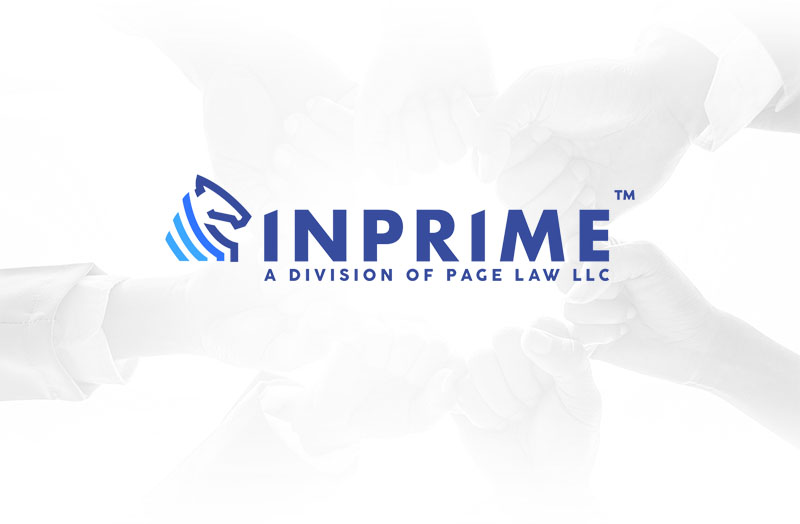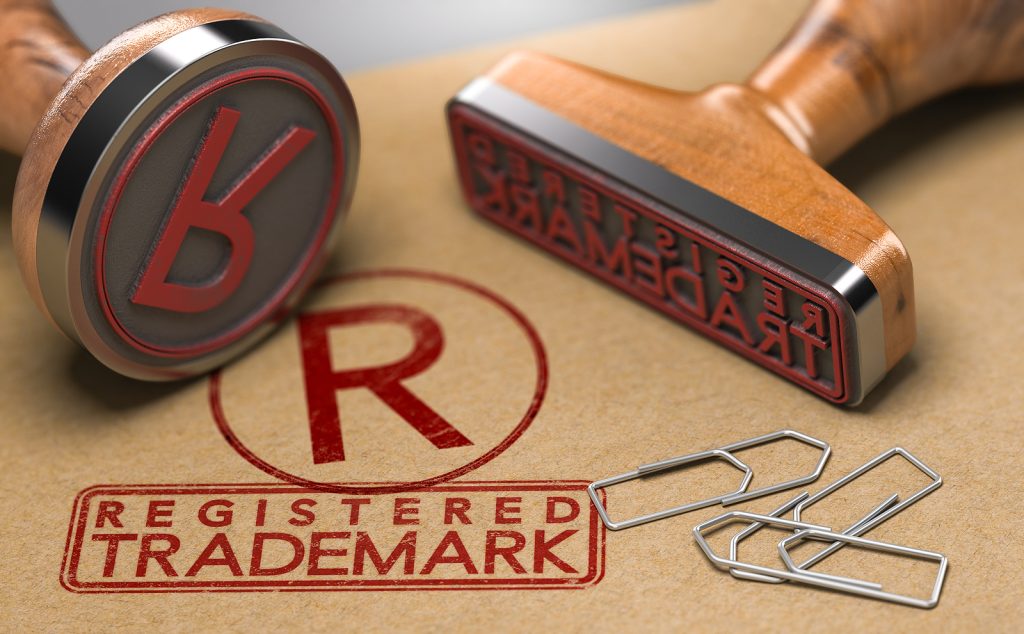If you’ve created a great new product or invention, it stands to reason that you would want to protect it. In order to defend your invention under the law, filing for patent registration is seen as the most logical step. A patent can help safeguard your ownership, use, and profits relating to the product. But the process of acquiring a patent is no easy task.
Who Can File for a Patent?
Anyone who isn’t an employee or an officer of the United States Patent and Trademark Office (USPTO) could potentially file a patent in the US.
The identity of the applicant is less important than the invention they invented. The product must be new, unique, and useful. “Novelty” is a primary requirement for every patent application under consideration.
What is the Patent Application Process?
First of all, understand that you cannot patent an idea. You need an invention, something more concrete and real. It is recommended that you include all documentation relating to the creation, testing, refinement, and intended use of the invention. Also, document how you imagine the product would be sold and used when released to its intended market.
Research your patent and other similar patents in the USPTO’s federal database. If the invention is deemed too similar to pre-existing patents, its application could be denied by the US government.
Finally, draft your application. Even provisional patent applications can be complex, however. Any mistakes in the application could cost you dearly. It is at this point that, if you haven’t already, it would be advisable to hire the legal services of a lawyer experienced with the patent application process.
What are the Different Types of Patents?
There are two main types of patents; utility patents and design patents.
A utility patent protects the makings of an invention – how it’s made, how it works. This patent is usually good for 20 years from the date it is registered with the USPTO.
Design patents are more for protecting the surface-level elements of a product. It safeguards how the invention looks or its ‘ornamental’ design. Design patents are good for 15 years from the date they were originally registered with the USPTO.
How Long Could the Patent Application Take for Approval?
The short answer is that you could be in for a long wait. The USPTO offers the Track One prioritized patent program at an extra fee, by which the examination and final determination could take somewhere between six to 12 months. However, the typical wait time to hear back on approval or denial could be more like 22 to 30 months in total.
In addition to time spent, the application could cost thousands of dollars before it is done. For this reason, some people think twice about trying to secure a patent. However, for businesses and entrepreneurs looking to protect their creations, a patent is often the best legal option available.



